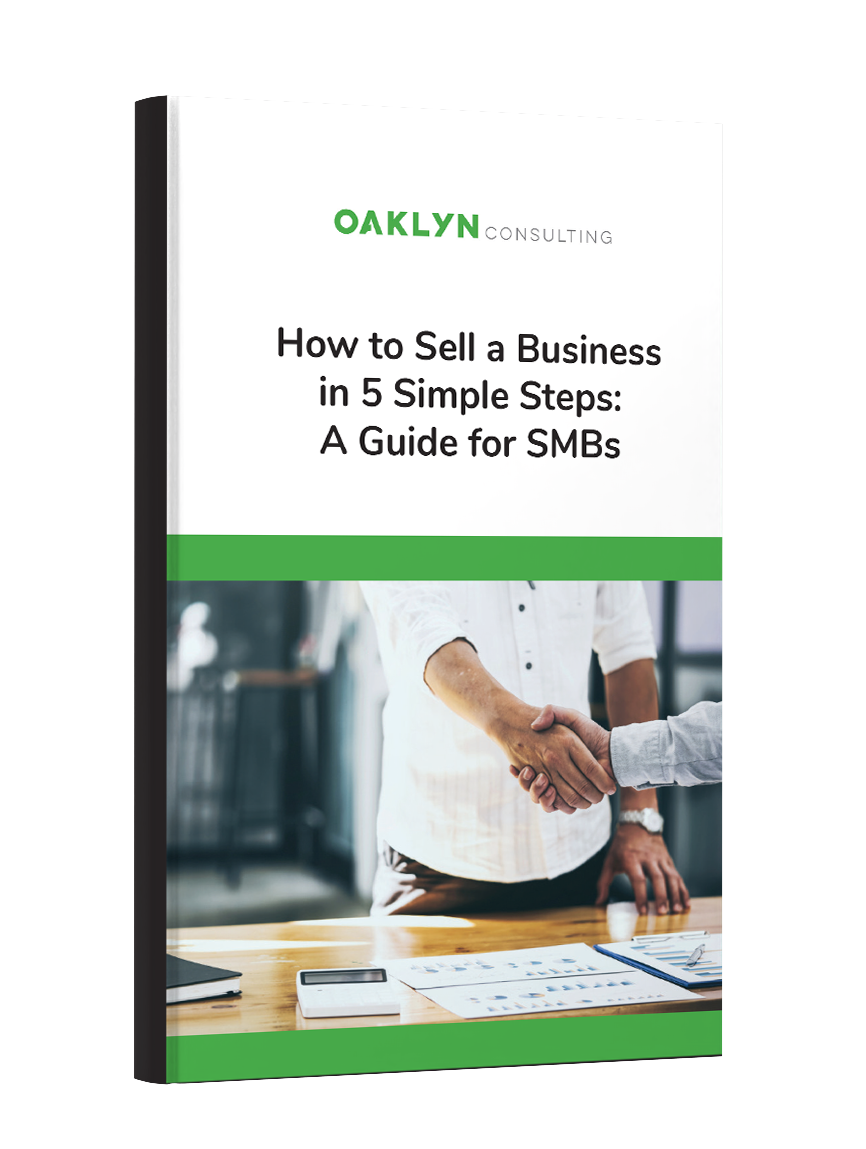According to Family Enterprise USA, there are 5.5 million family-owned businesses in the U.S. These companies employ 63 percent of the workforce and contribute 57 percent of America’s gross domestic product, making them a crucial piece of our economy.
Based on my experience advising family-owned businesses, the most common problems hindering a family business’s growth, profitability and value often stem from the lack of formality, leadership and process structure.
This article will take an in-depth look at these challenges and offer solutions for leaders of family-owned businesses.
Challenge: Lack of defined leadership
Family relationships can blur leadership roles, leaving little room for accountability. Family businesses often have loose job functions because promoting or giving new titles to one family member could potentially hurt another family member’s feelings.
Operating under ambiguity and giving everyone a leadership role to avoid hurt feelings can negatively affect your business operations and even damage relationships, especially if family members are not qualified for the roles they are given.
Solution: Create a decision-making chain of command and establish performance goals.
To formalize the leadership hierarchy in your business and ensure family members are contributing valuable work:
Establish a clear chain of command for decision-making. If a family member does not have a role to play in this hierarchy, make sure he is aware of his position. Keep all business decisions objective. Initiate a non-family board of directors that can oversee business decisions and offer an outside perspective on new growth strategies. Create a formalized human resources department. This department is responsible for establishing and managing a process for hiring, firing and evaluating employee performance. All employees should have a clear understanding of their goals, and leaders should meet regularly with each employee to discuss progress in accomplishing those goals.
Challenge: Lack of formal financial reporting
Financial practices are often passed without change from generation to generation, leading to outdated reporting or a lack of reporting all together.
If no one in the family is up-to-date on current financial analysis practices, budgeting and planning will falter, which could cause long-term problems for the business—for example, not having a clear understanding of what your business is worth.
Solution: Start with the Basics
According to Inc. Magazine, fewer than 30 percent of family businesses survive to the second generation, and just 10 percent survive to a third generation. The good news for a family-run company is that these odds are far better that those of a non-family business.
Financial planning is crucial to increasing your odds of a profitable, longstanding business. These basic financial tips are a good place to start:
Incorporate and update the basic financial tools in your business, like balance sheets and income statements, to share with family members as well as with an outside accountant.Hire an independent CPA to perform a formal audit once a year. Follow the generally accepted accounting principles (GAAP) of federal reporting entities for the preparation of financial statements. Family companies have the benefit of planning for growth over a decade or generation, which takes the pressure off of quarterly earnings. Take advantage of this by staying current with market research and consistently updating your long-term business plan to keep everyone on the same page.
Challenge: Lack of a succession plan
Succession planning can be a problem for family businesses. According to the American Family Business Survey, almost a third of family business owners have no plans to ever retire, and another third report that retirement is more than 11 years away.
Although you can’t plan for a disaster, whether it is an unforeseen illness or a sudden decision to retire, a succession plan mitigates the risks of changing leadership and ensures that proper business operations remain in place.
Solution: Identify and mentor the next generation of leaders
What should you consider when choosing a successor?
Think about your personal goals—that is, the goals of the person who is leaving. What do you want to protect: an ongoing economic interest, your company’s culture, certain employees who have been loyal deputies, etc.? Also, consider the needs of other stakeholders, such as outside investors. What are they looking for in your replacement? Finally, consider the needs of your employees. Is there someone who particularly wants the top job? Is it important to have someone with customer relationships? Do you envision a certain employee having success as a successor?
Once you’ve identified the next leader or leaders of your business, focus on helping them understand the values and culture of the business you’ve built.


